Let’s talk about stretch marks. Because they’re a skin trait that the vast majority of us will experience at some point in our lives. I’m sporting a few little stripes on my inner thighs! My boyfriend’s got some small jagged lines on his biceps! And we’re just people! Like you!
Summer is here and with it comes creeping hemlines, cheeky cut bikinis and stretch marks back on proud display. So what the hell are they?!
What are stretch marks?
Stretch marks (also known as striae) are a type of soft streaky scar that develops when our skin stretches or shrinks quickly. Abrupt changes cause the collagen and elastin (which keeps our epidermis taught) to tear.
Early on, these markings usually appear deep red or purple (that’s actually just blood vessels showing through the thinner top layer of your skin), but as they mature, they lose their colour and calm to become more white and/or silvery.
Like any scar, as we age, stretch marks do become more noticeable. The skin around it becomes a bit laxer and therefore the indentations are more pronounced.
Why do they appear?
Underlying tissue expansion is the most common cause, which is why stretch marks most often develop during significant stages of growth like puberty and pregnancy. (Bodybuilders too can trigger stretch marks with rapid weight gain. And in some instances, excess exposure to the hormone called cortisol can cause similar distress to skin fibres.)
Note! It’s the juicier parts of your unique body that are most likely to develop stretch marks - the belly, boobs, arms, thighs, butt.
Can I get rid of them?
Stretch marks are notoriously hard to eliminate altogether, but there are a series of routines and products and treatments you can utilise (should you wish) to improve their appearance. The key is to focus on stimulating the skin, building collagen, and promoting cell turnover.
One way to minimise the appearance of stretch marks is to really hydrate the skin. Moisturised skin doesn’t develop stretch marks as quickly as dry skin, so lathering your limbs in oils and lotions (daily!) is essential. Especially post-shower.
A firm self-massage may also help to speed up scar maturation. Using hydrating oils and serums, and applying some pressure, move your hands in slow circular motions to increase blood flow to the area. Anything rich in vitamin e is great! It’s an antioxidant known for its ability to support the skin’s natural regenerative process (replacing dead or damaged skin cells with fresh new ones). Combined with essential oils or fatty acids this will really help to strengthen your skin barrier.
The most effective, albeit the most expensive, way of diminishing your stretch marks is via dermatologist-administered laser treatment. In a much stronger and more impactful way than at-home or topical treatments, lasers are going to stimulate new collagen to thicken the skin and improve the overall appearance of your stretch marks.
Lastly, you’re going to want to be liberal with that SPF. Sunburn may make existing scars more noticeable, as increased sun exposure can deplete your collagen bank too.
Should I be embarrassed by them?
ABSOLUTELY NOT. NEVER. DON’T YOU DARE.
Stretch marks are so normal. We’re sick of their bad rep.
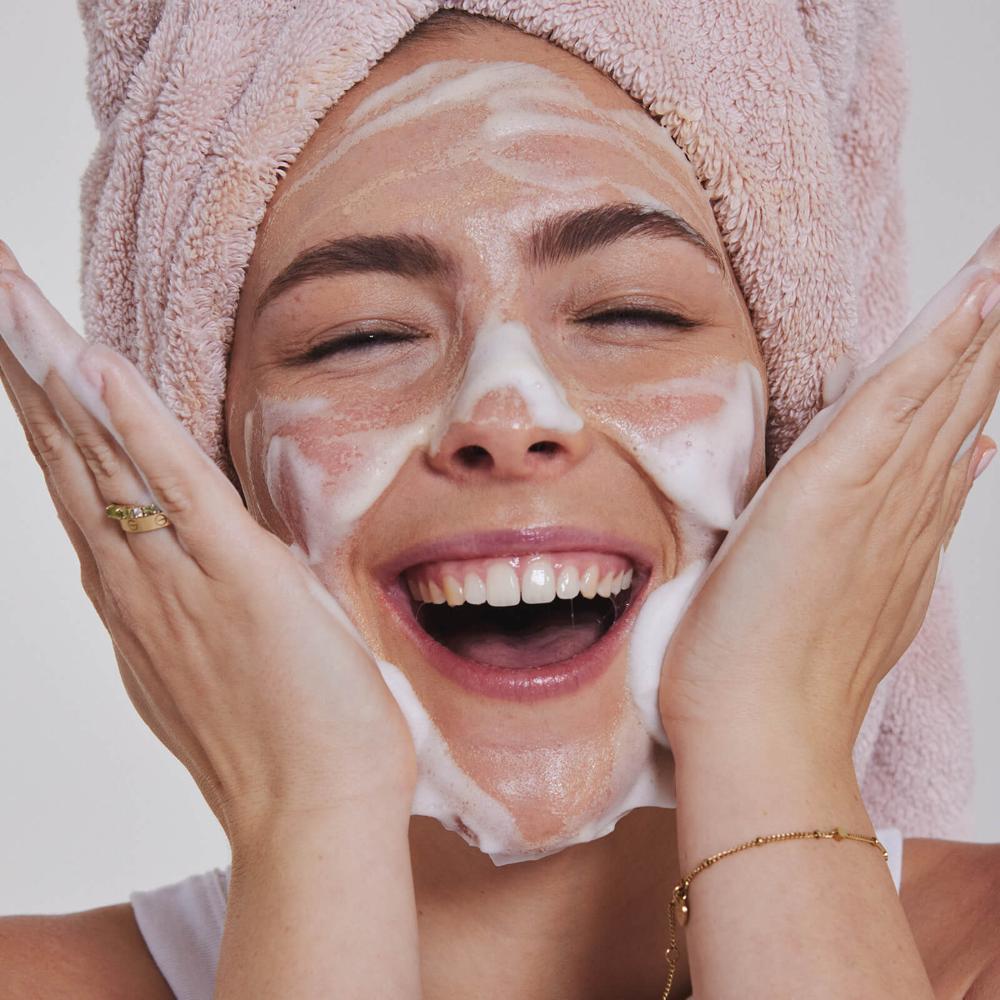
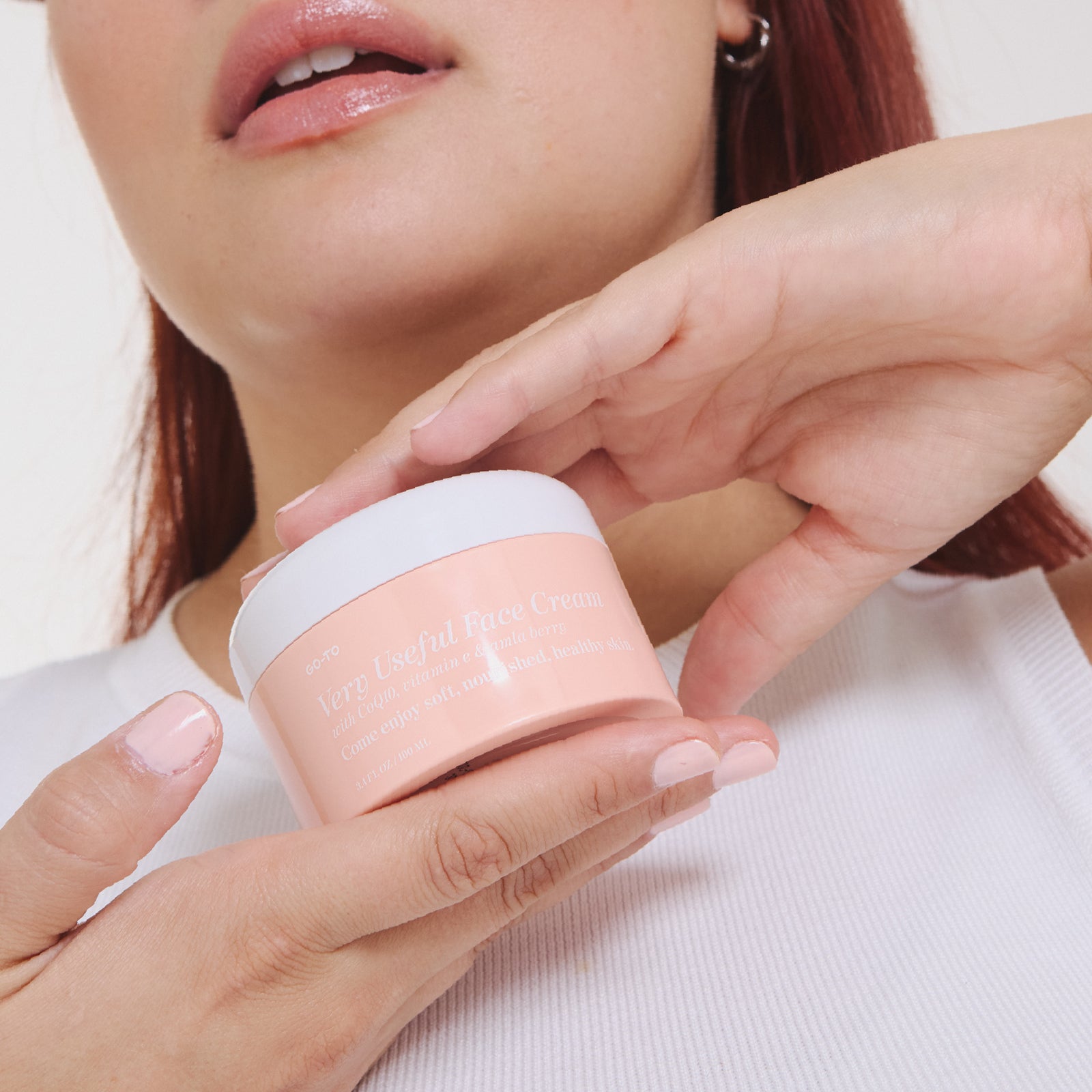

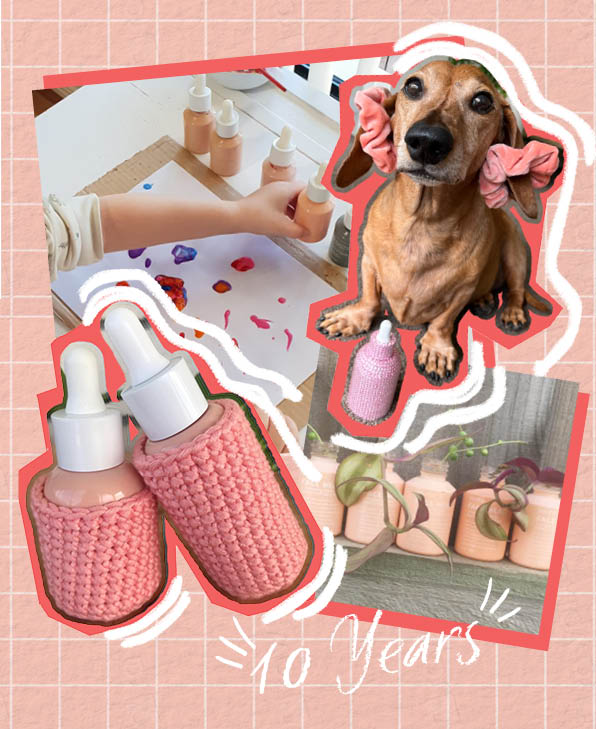

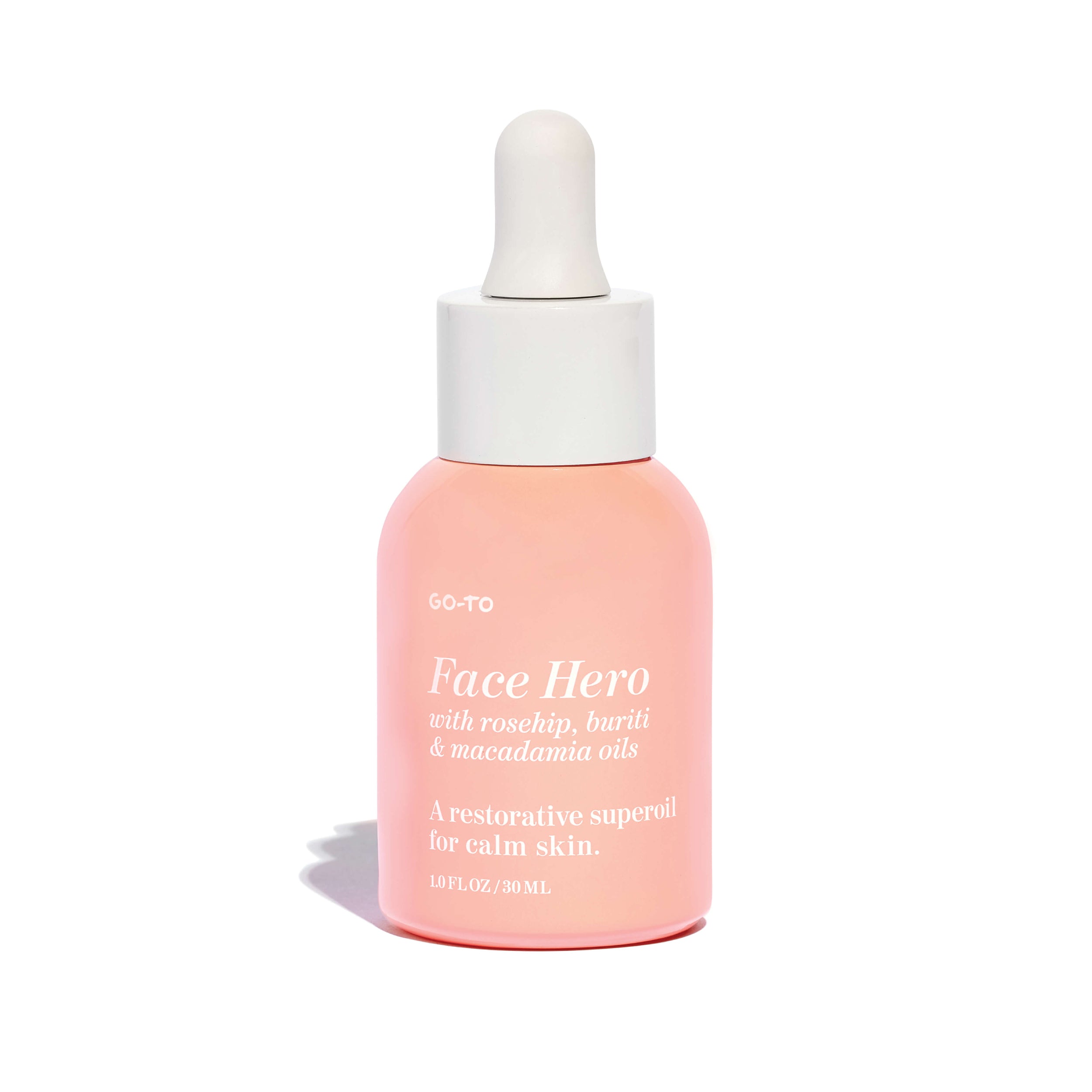
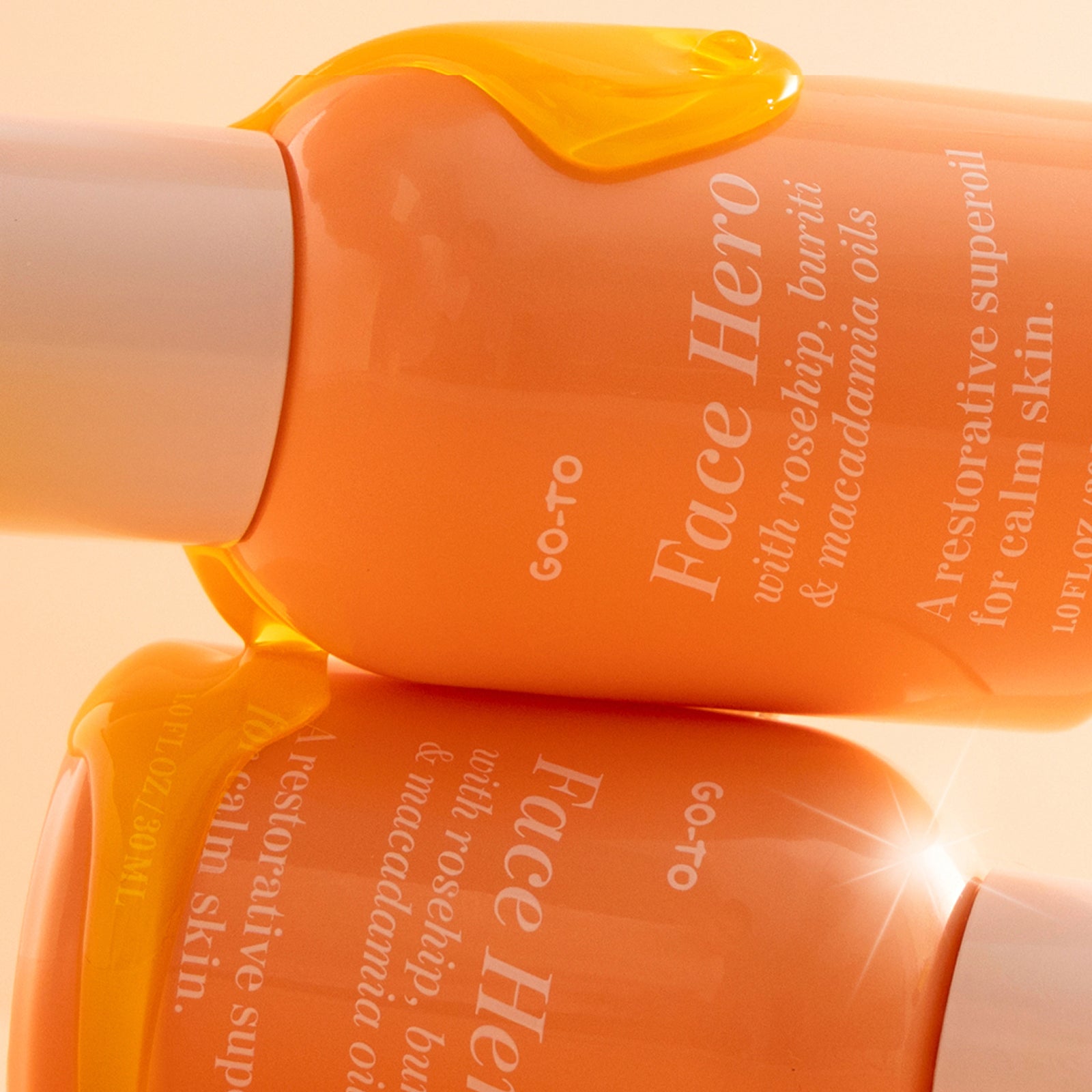
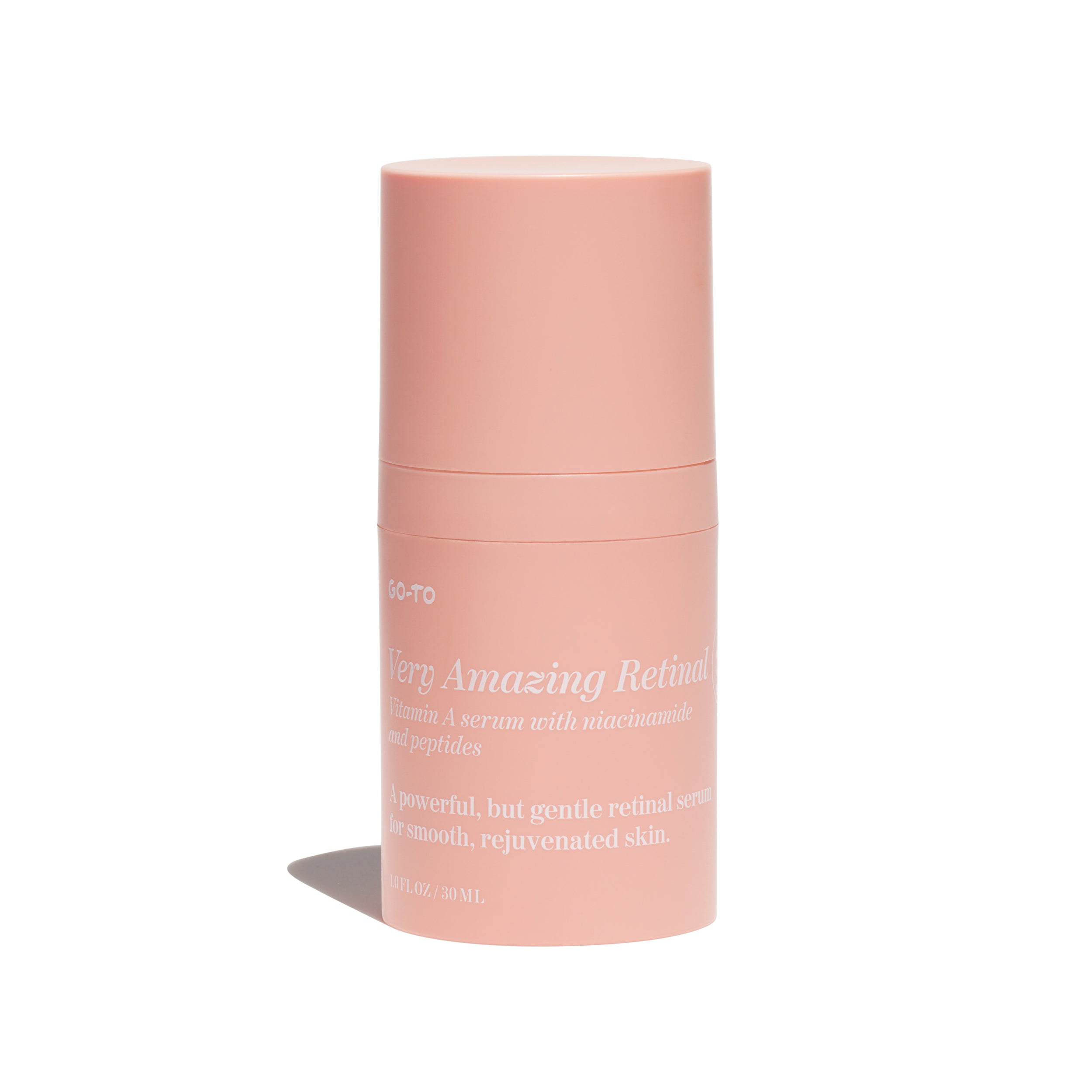


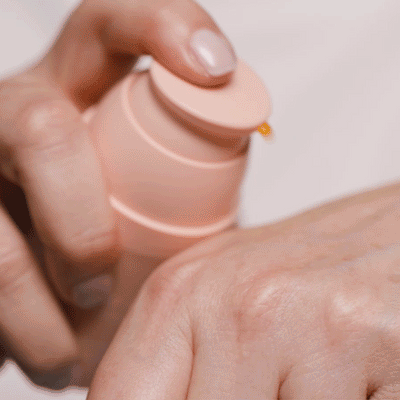
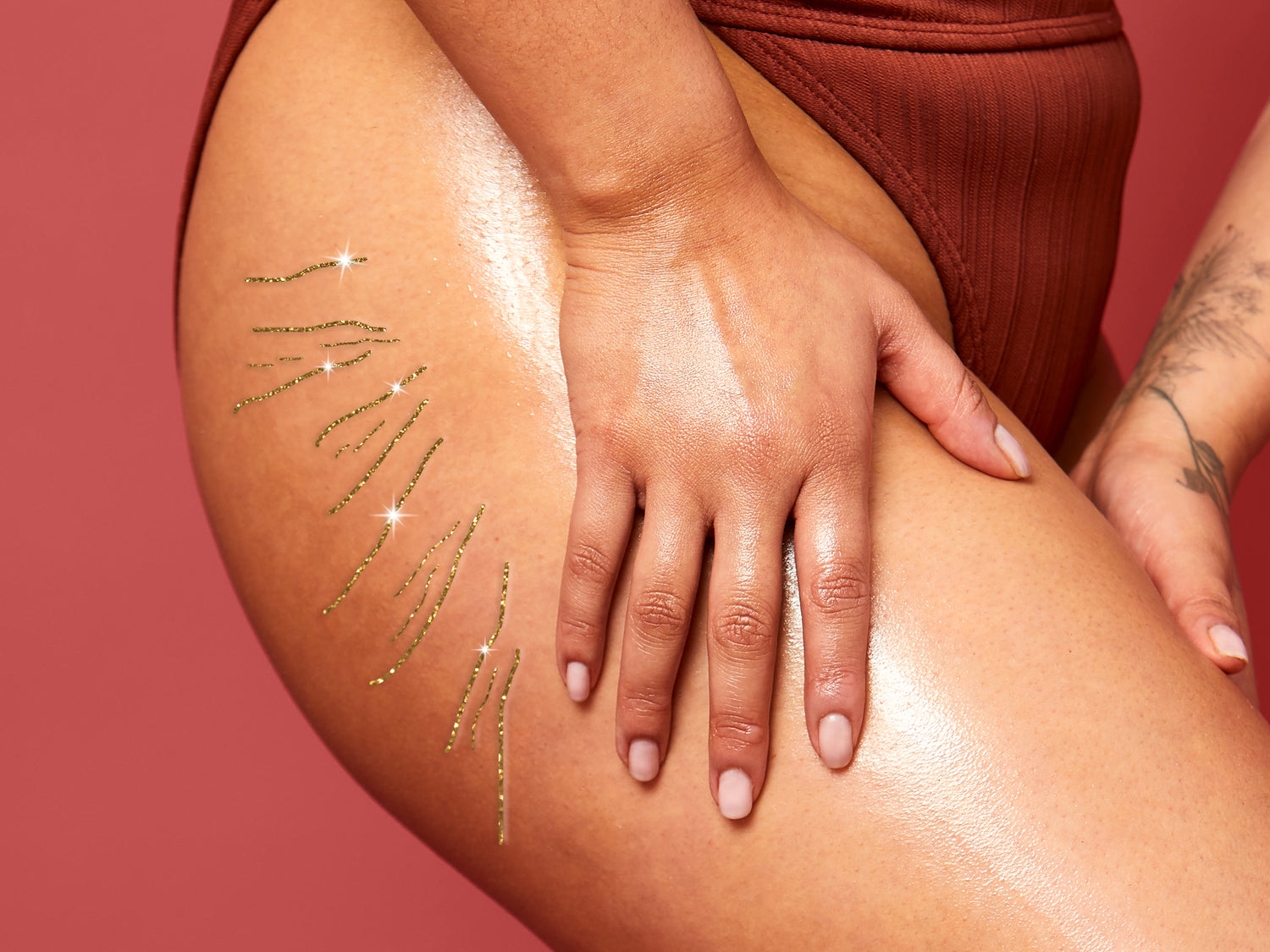


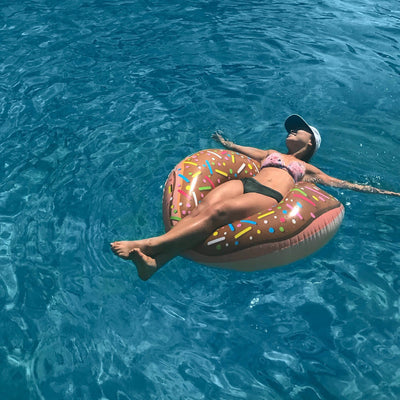
Comments